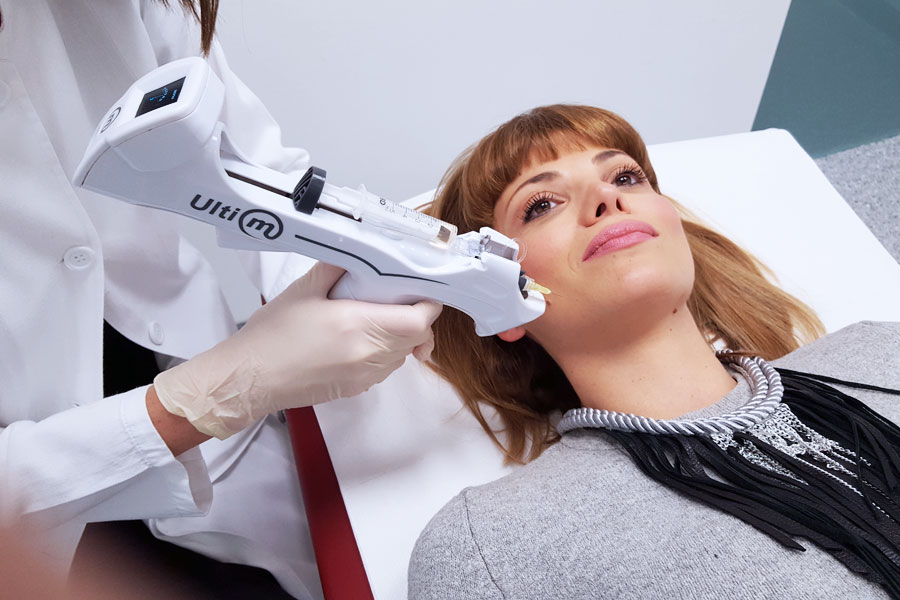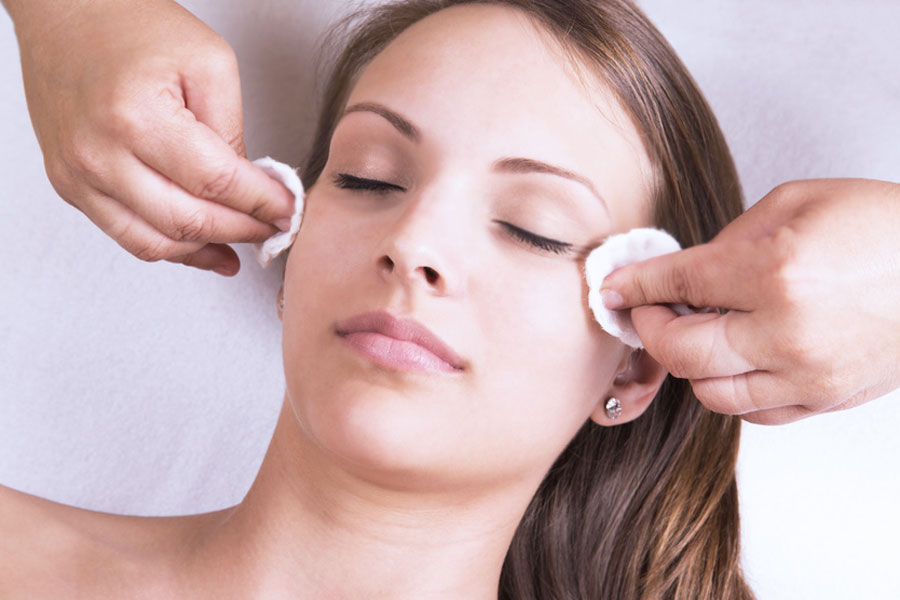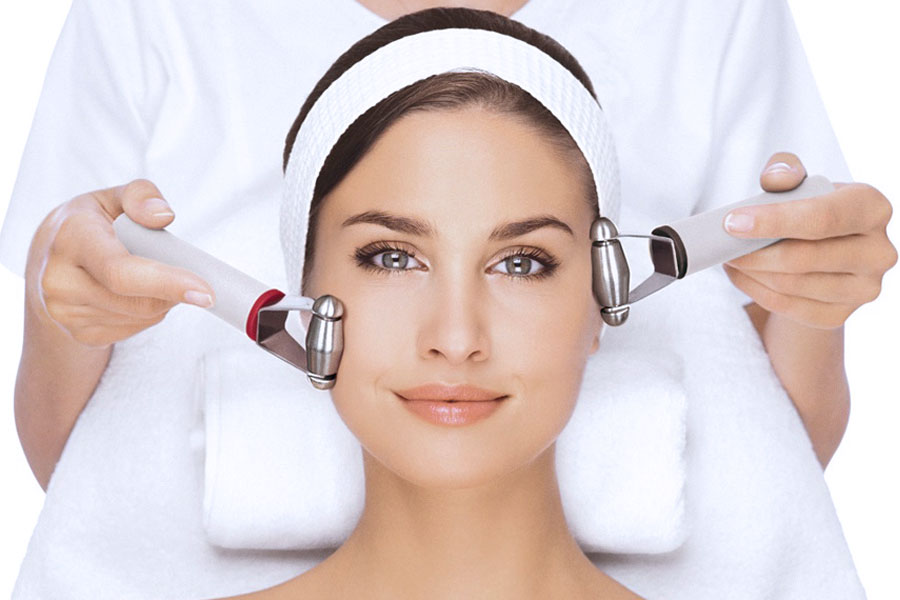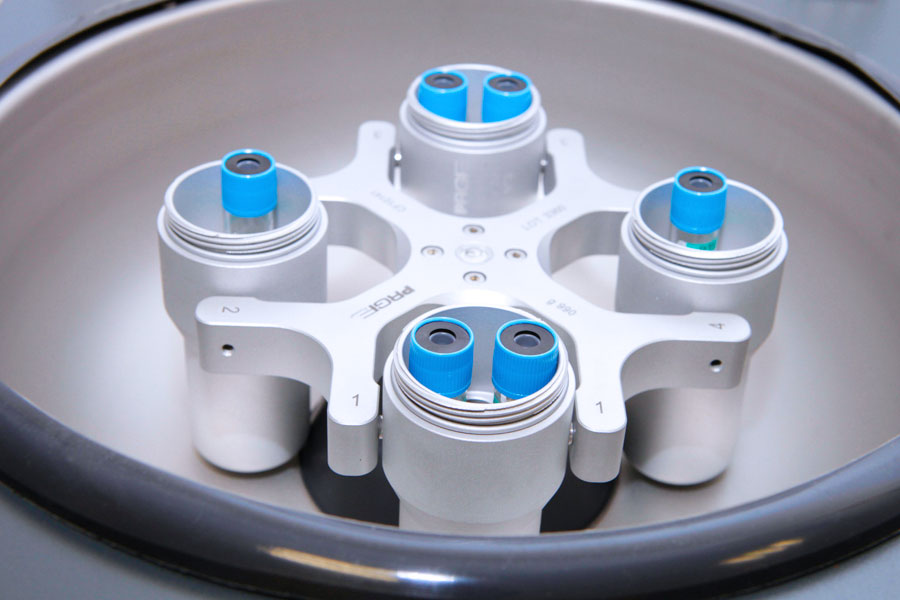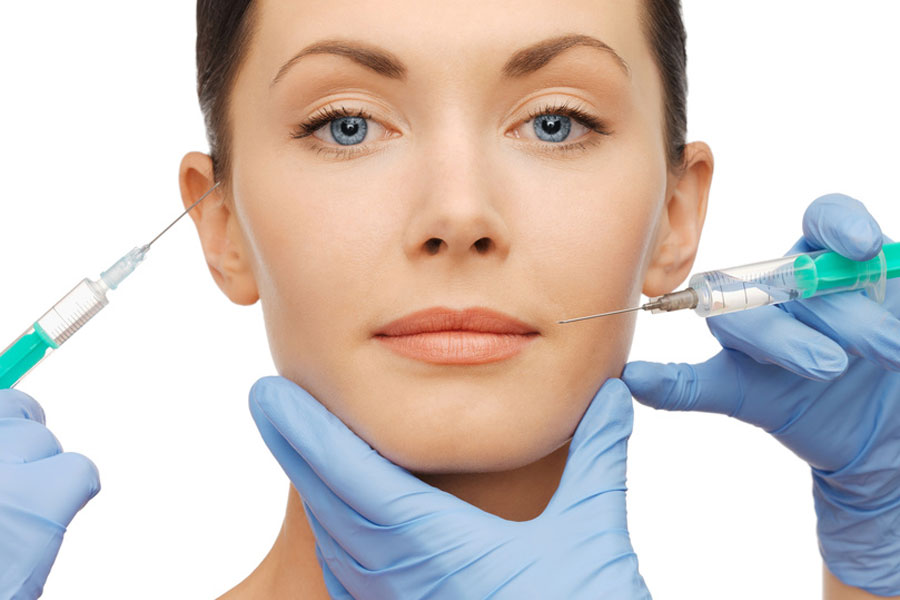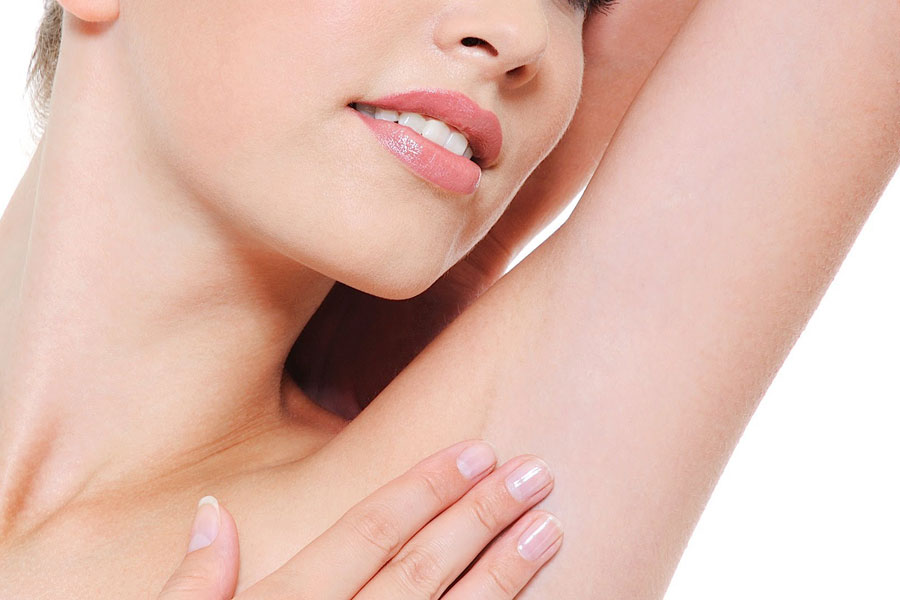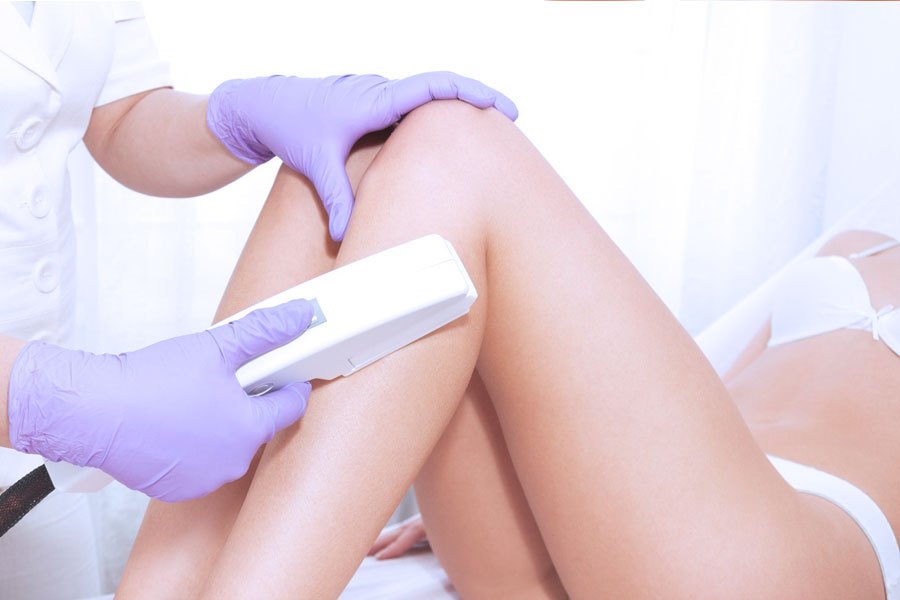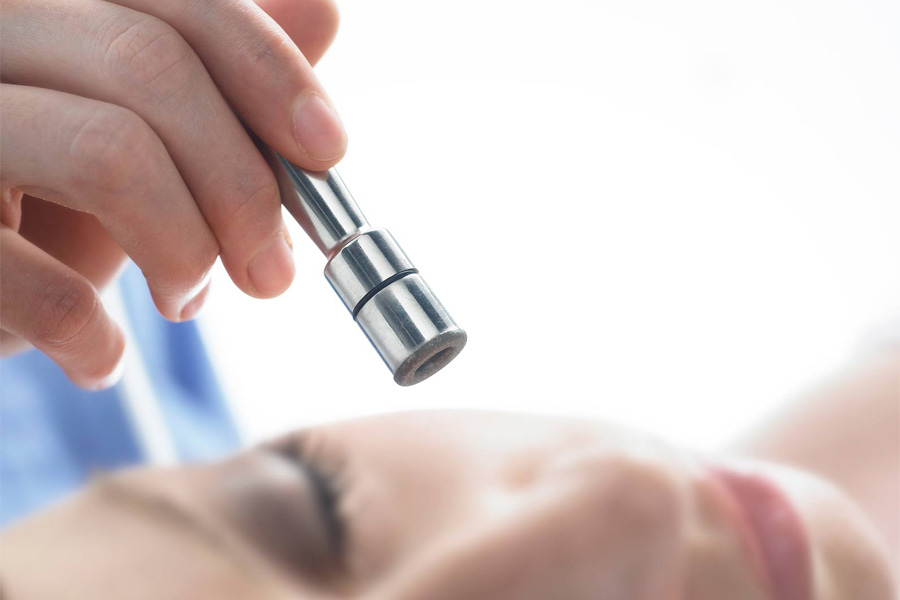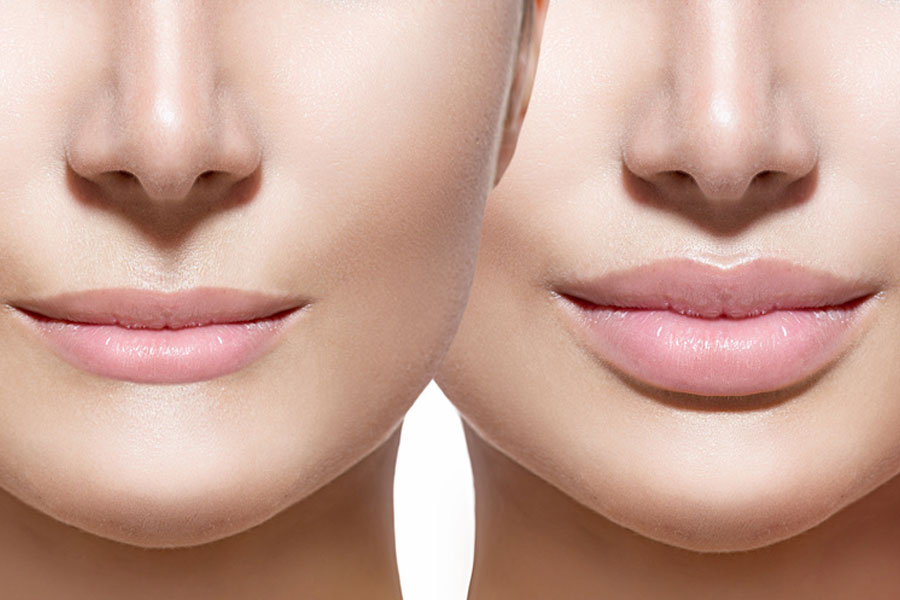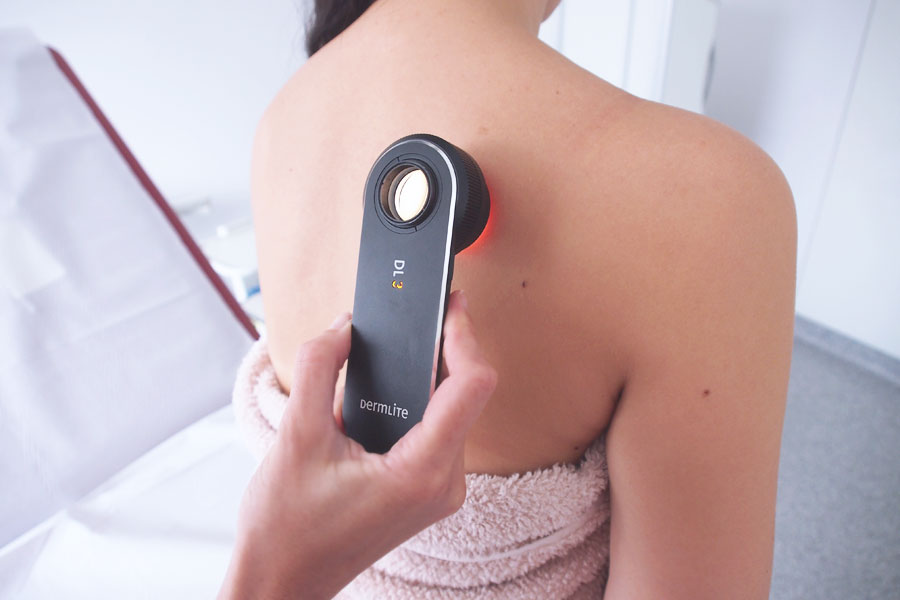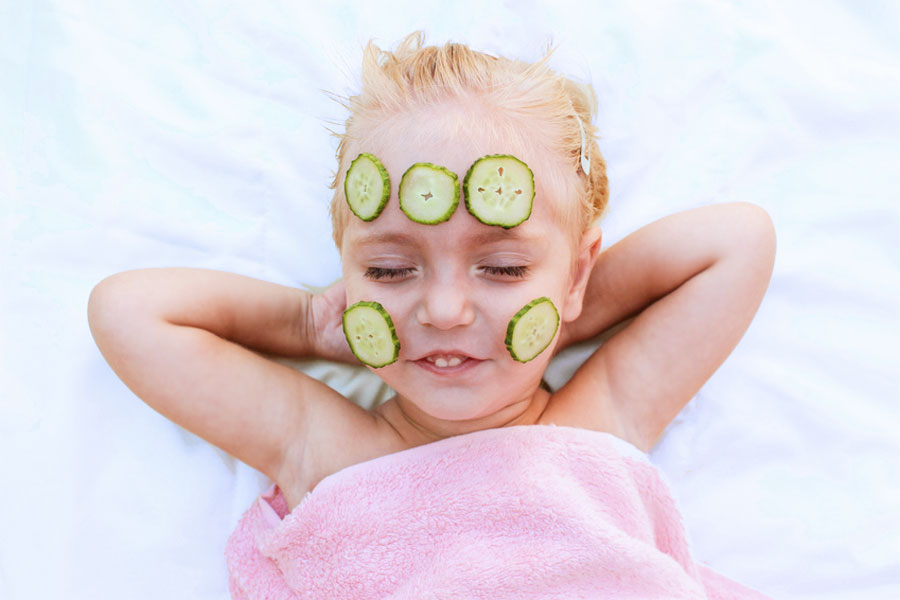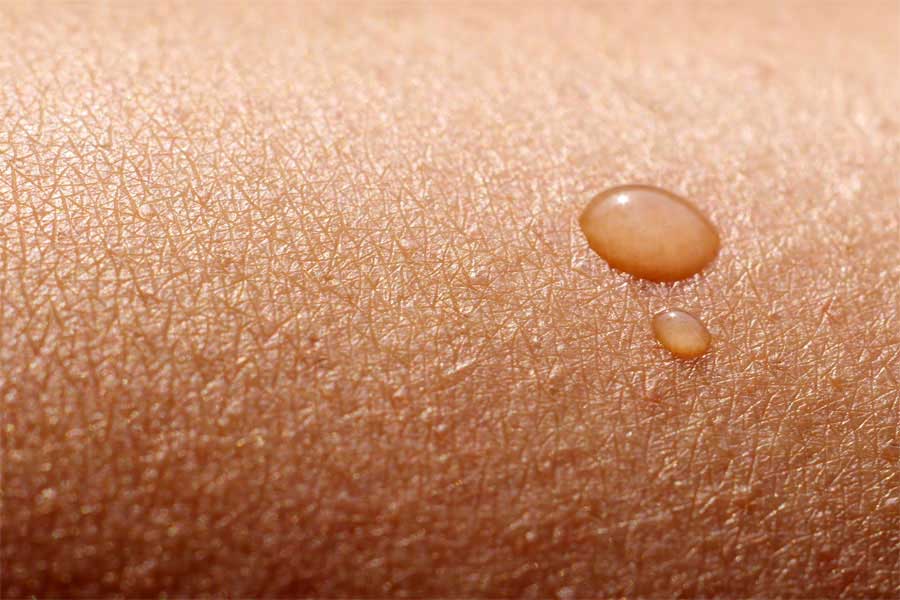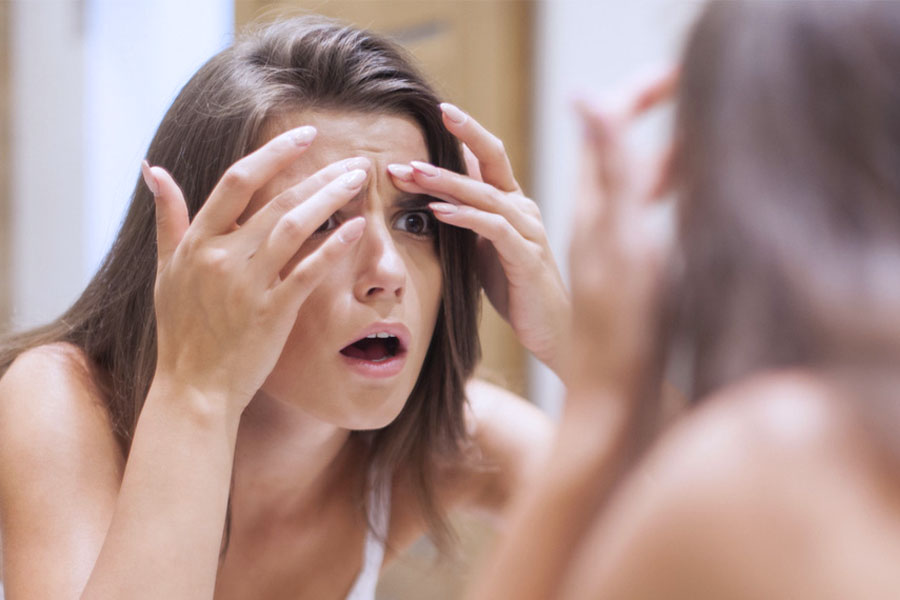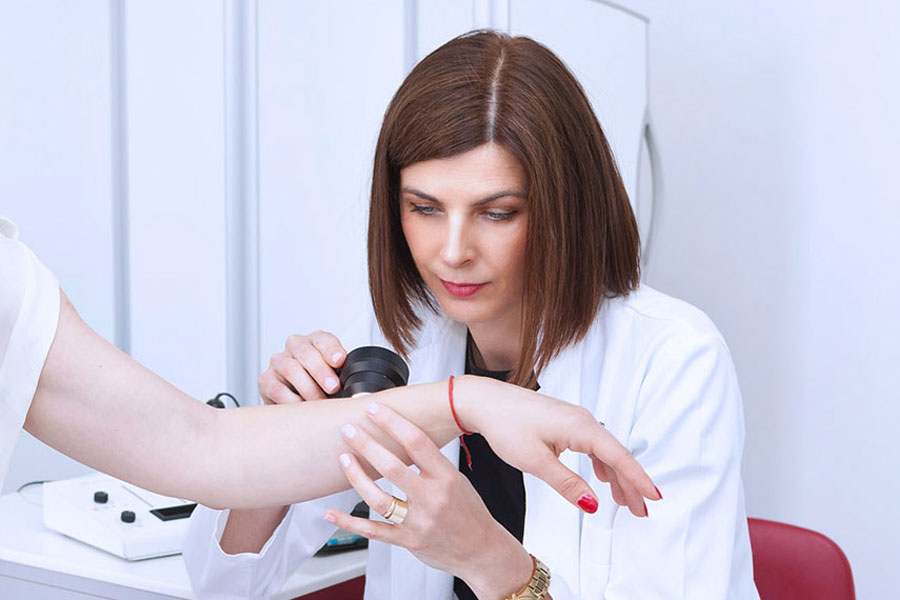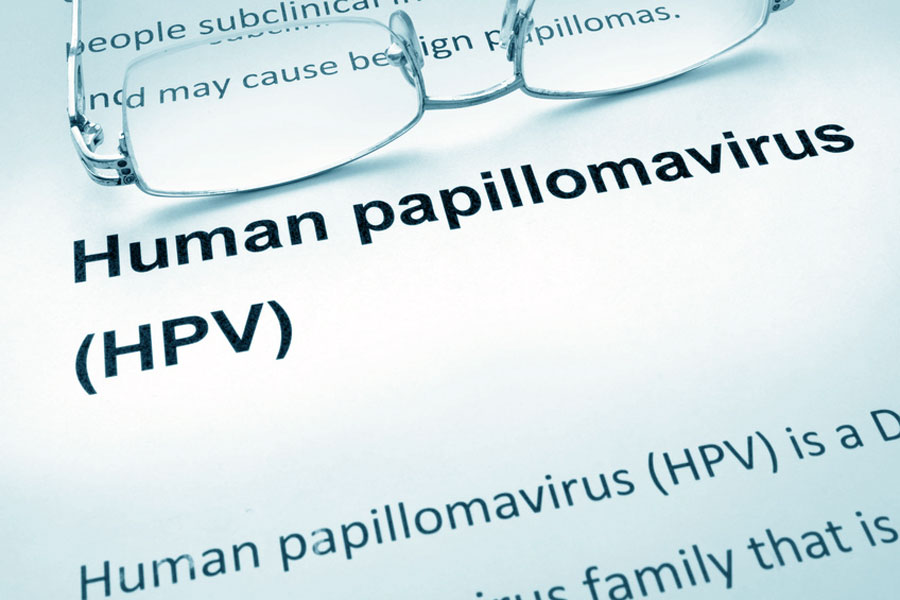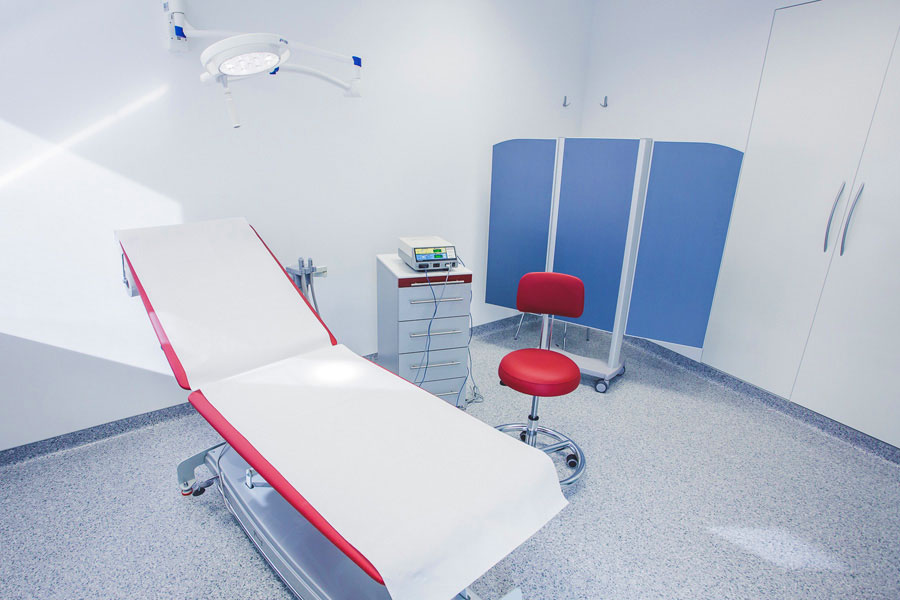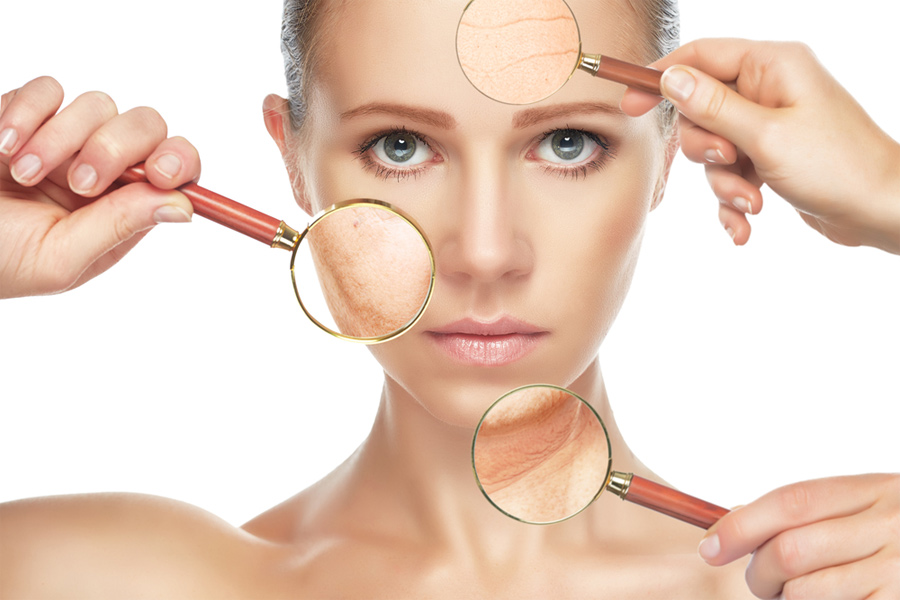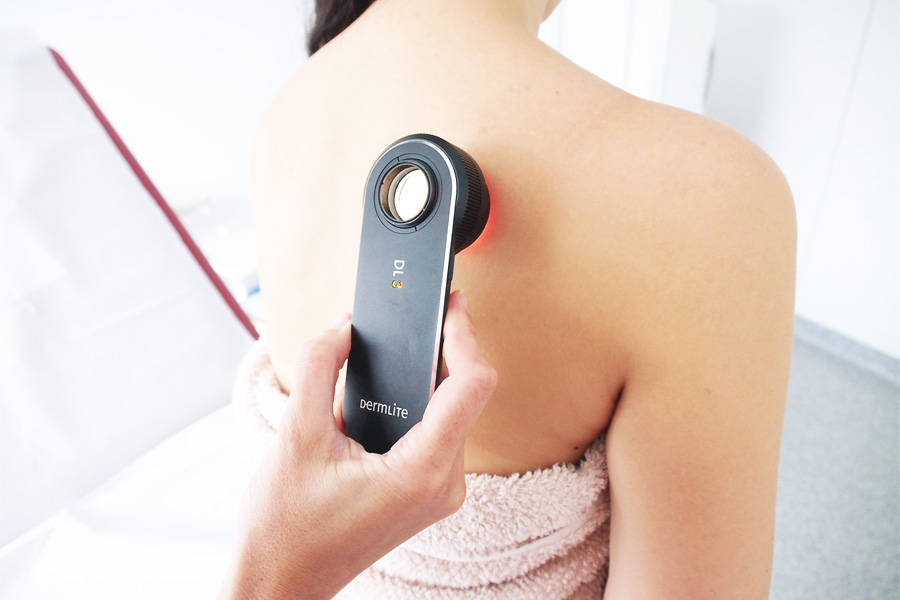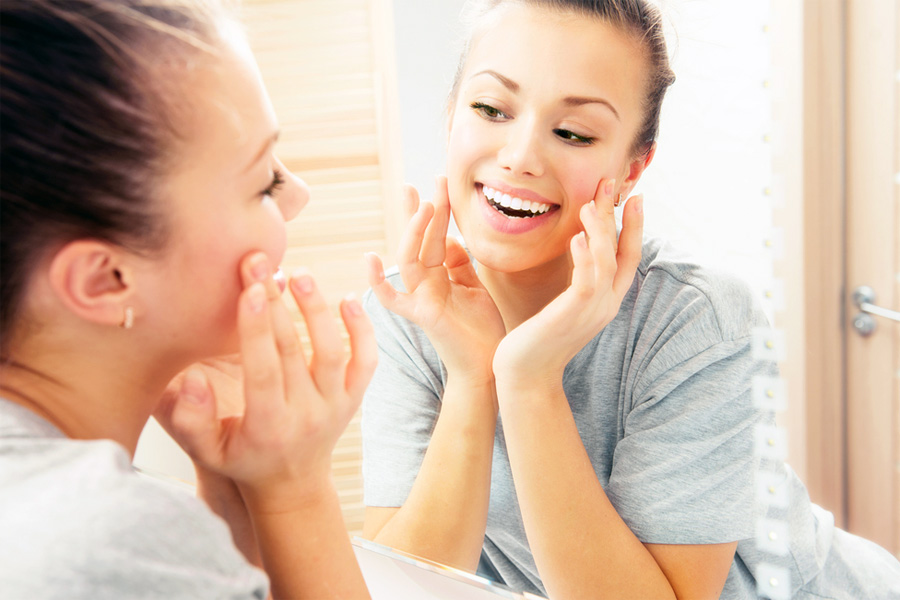Dermatology for Radiant & Healthy Skin
Combination of health and aesthetics, following the latest medical trends, is foundation of our dermatological offer
Dermatology for Radiant & Healthy Skin
Combination of health and aesthetics, following the latest medical trends, is foundation of our dermatological offer
DermatosCOPY
A lot of attention is paid to sun protection, primarily due to the dangerous changes caused by excessive exposure to UV rays, which is why regular dermatoscopic examination of skin growths and moles is important.
BEAUTY & HEALTH
Examine your skin, take care of its health and beautify your appearance with our unique treatments. The basis of our dermatological offer is a combination of health and aesthetics in accordance with the latest medical trends.
BEST COSMETOLOGY
All our dermoaesthetic treatments use only top dermoaesthetic products. Their highly effective formulas provide the skin with a complete dermatological, science-based care that results in healthy and beautiful skin.
SKIN & BODY
The changes we see on the skin can also indicate some changes within the body. The skin connects us with the environment, but also protects us from unwanted external influences, allergies, infections and UV rays.
Aesthetic Dermatology
Aesthetic dermatology is a part of dermatology that we unjustifiably associate exclusively with beautification that has little to do with health.
Many methods used in aesthetic dermatology work on the opposite principle – by nourishing the skin with vitamins, antioxidants, hyaluronic acid and other nutrients, we actually heal it, and what we eventually see is a more beautiful appearance and skin color.
The first group of dermoaesthetic procedures includes methods by which we remove the dead stratum corneum of cells on the surface of the skin (chemical peeling, mechanical peeling – microdermabrasion, radio waves, laser). Removing the dead stratum corneum is important to solve the problem of grayish, dry, “lifeless” appearance of the skin.
By removing the “excess” of corneal cells (which grows larger with age, and the skin is rougher, tougher and wrinklier), we not only solve the problem of appearance, but also the problem of hyperpigmentation and irregular pigmentation whose excess is in the stratum corneum. After such a procedure, the penetration of all the nutrients we use in creams, serums, masks, is much better, more effective and more complete.
The second group of dermoaesthetic procedures includes nutritional methods that nourish the skin, give it the right, quality fuel for renewal, growth and repair. These are procedures by which, figuratively speaking, we “stop time”, ie “turn the clock back”. They are crucial for the life of the skin in terms of health and aesthetics. Nutritional methods are mesotherapy, iontophoresis, various masks and hydration with hyaluronic acid.
General Dermatology
The health offer of the Šlaj-Anić polyclinic includes the most modern dermatological practice under the expert guidance of Dr. Jelena Meštrović Štefekov, a specialist in dermatovenereology.
Dermatology is a branch of medicine that deals with research, prevention, diagnosis and therapy of various conditions and diseases of the skin, scalp, nails and mucous membranes. The changes we see on the skin do not have to be exclusively skin, but can also indicate some events within the body. The appearance of the skin often betrays our lifestyle, good and bad habits. The skin connects us with the environment, but also protects us from unwanted external influences, allergies, infections and UV rays.
The combination of health and aesthetics, backed by the latest medical trends, is the foundation of our dermatological offer.
Examine your skin, take care of its health and beautify your appearance.
We provide our patients with the best of professional dermatological cosmetology. We use only products that are recognized by dermatologists because of their excellent composition and thoughtful, scientifically based combination of active components in all their preparations, which is ultimately seen in the exceptional results they achieve on the skin.


